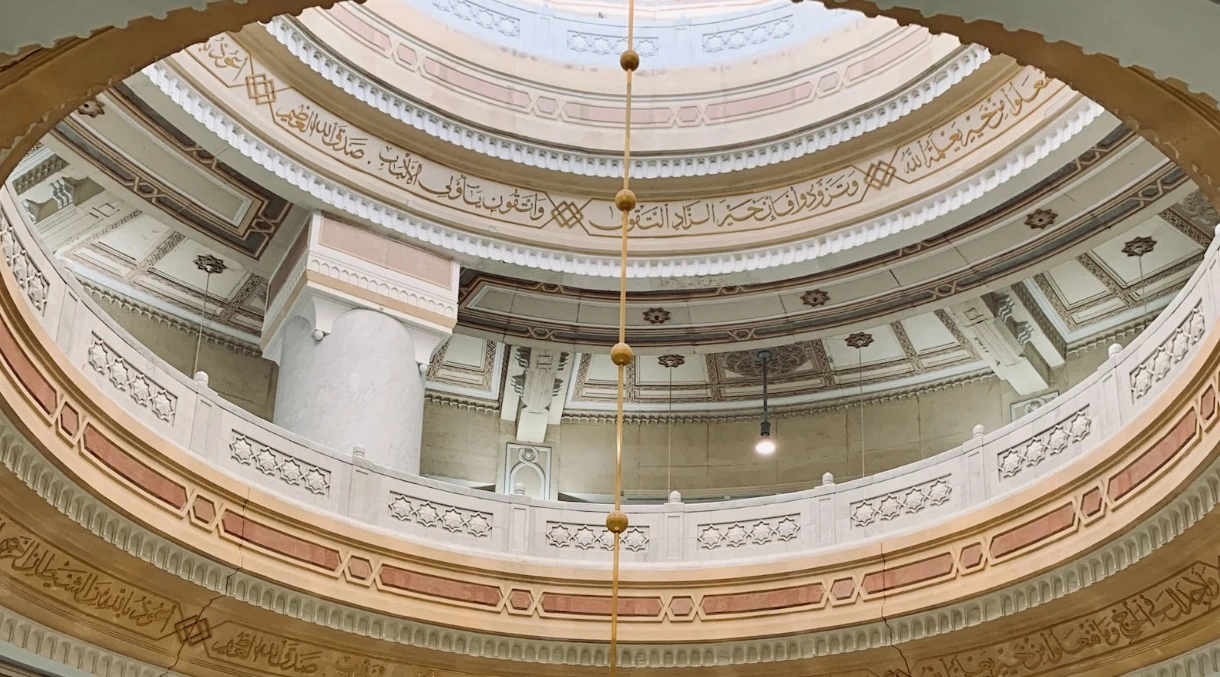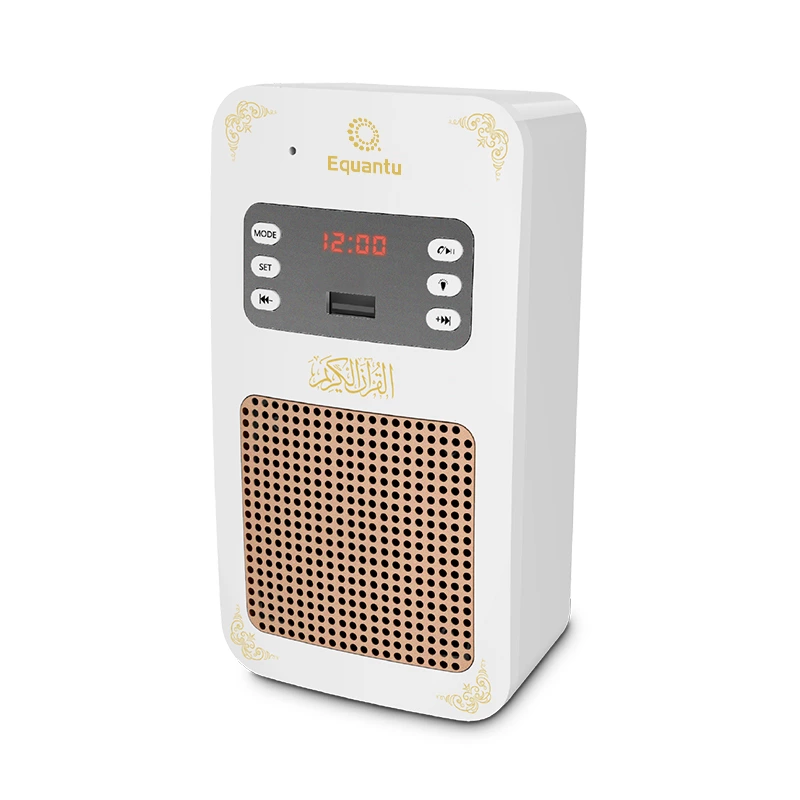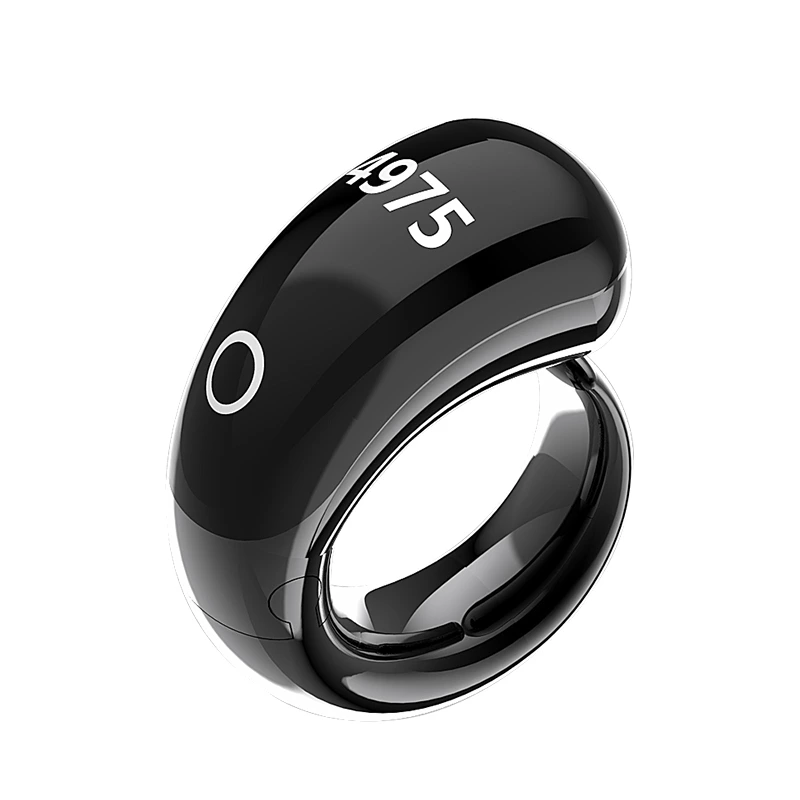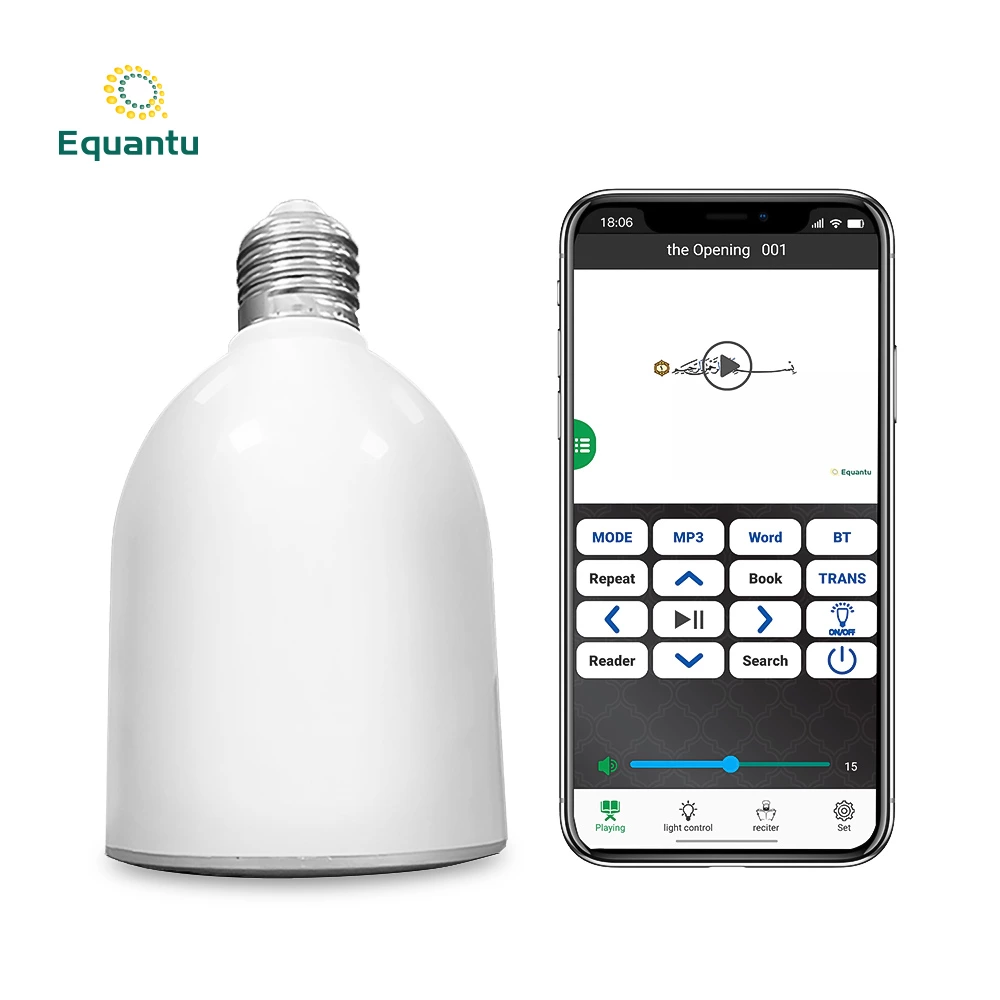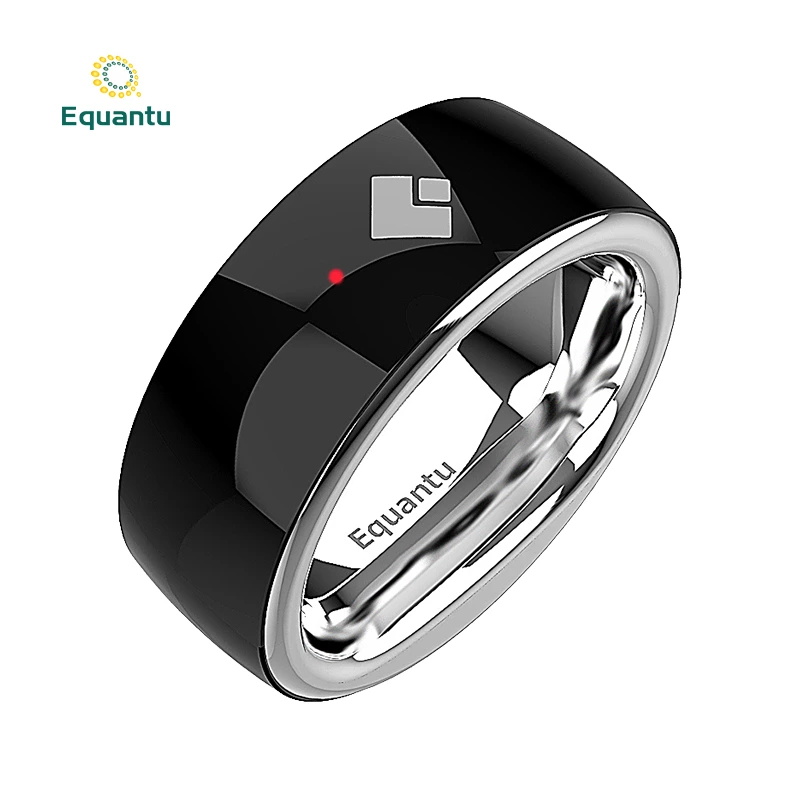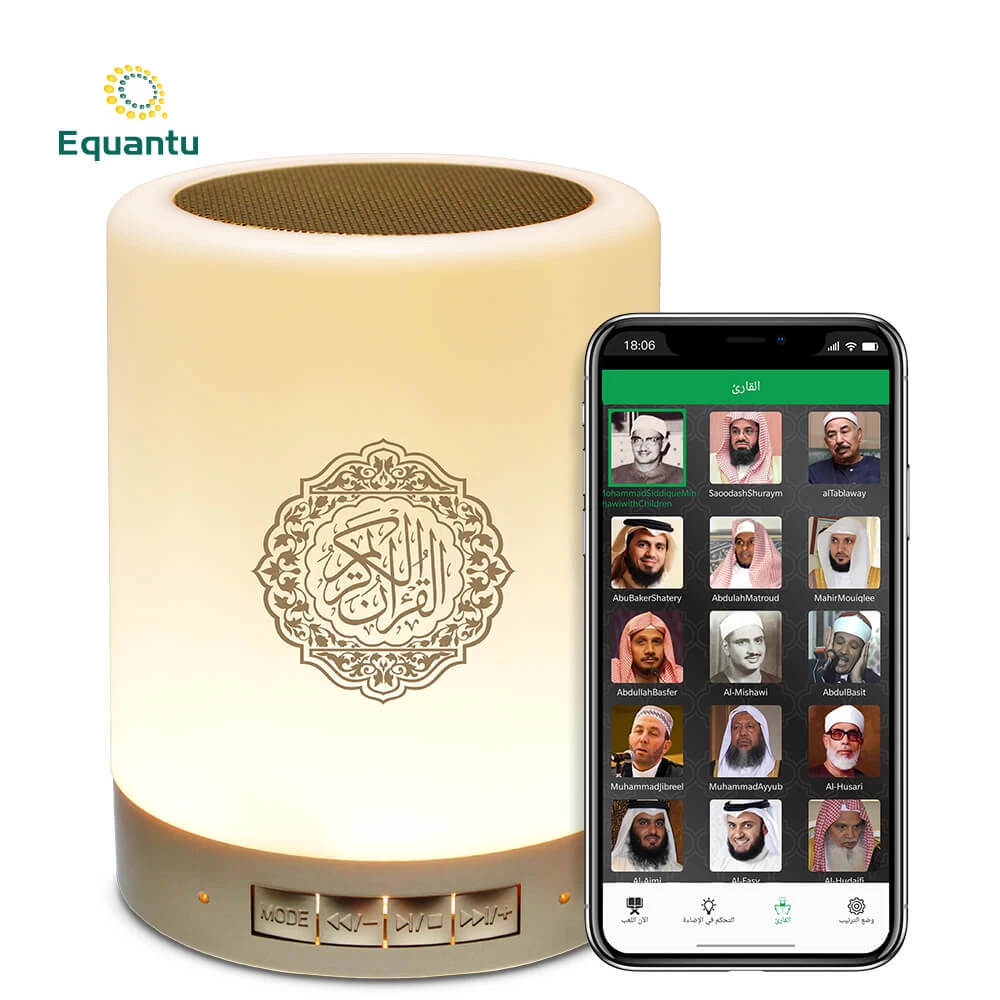Origins of Islamic Calligraphy
The roots of Islamic calligraphy can be traced back to the early years of Islam in the 7th century. As Islam spread across the Arabian Peninsula, the need to transcribe the Quran—the holy book of Islam—led to the development of a distinct script that combined functionality with aesthetic beauty. Unlike other scripts of the time, Arabic script was adapted to meet the requirements of Quranic preservation and dissemination.
The Golden Age of Islamic Calligraphy
The period between the 8th and 14th centuries, known as the Golden Age of Islam, was a flourishing time for Islamic calligraphy. The Umayyad and Abbasid caliphates played pivotal roles in promoting calligraphic arts. The establishment of institutions like the House of Wisdom in Baghdad provided a conducive environment for scholars and artists to refine their craft. During this era, various styles of calligraphy emerged, each with unique characteristics and applications.
Major Styles of Islamic Calligraphy
Islamic calligraphy encompasses several styles, each developed to suit different purposes and aesthetic preferences. Among the most prominent are:
Kufic: Characterized by its angular and geometric forms, Kufic is one of the oldest styles of Arabic script. It was widely used in early Quranic manuscripts and architectural inscriptions.
Naskh: Known for its legibility and fluidity, Naskh is commonly used in everyday writing and printed texts. Its rounded shapes make it ideal for copying the Quran.
Thuluth: Distinguished by its large and cursive letters, Thuluth is often employed in architectural decoration and religious texts. Its elaborate curves and flourishes add a sense of grandeur.
Diwani: A highly decorative and intricate script, Diwani was developed during the Ottoman Empire. It is often used for official documents and artistic calligraphy pieces.
Ruqa'ah: A simple and quick script, Ruqa'ah is widely used in modern handwriting and informal documents.
Evolution and Modern Developments
Over the centuries, Islamic calligraphy has continued to evolve, adapting to changing artistic trends and technological advancements. Contemporary calligraphers blend traditional techniques with modern aesthetics, creating innovative works that honor the past while embracing the present. The integration of digital tools has also expanded the possibilities for Islamic calligraphy, enabling artists to experiment with new forms and mediums.
Integration with Modern Worship Tools
In today’s digital age, Islamic calligraphy remains a vital part of Muslim worship and daily life. Products like Quran speakers and Zikr rings often feature intricate calligraphic designs, symbolizing the deep connection between faith and art. These modern worship tools not only serve practical purposes but also carry the artistic legacy of Islamic calligraphy, enhancing the spiritual experience of believers.
Conclusion
The history and development of Islamic calligraphy highlight its significance as both an art form and a means of spiritual expression. From its early beginnings to its modern adaptations, Islamic calligraphy continues to inspire and connect Muslims around the world. By integrating traditional calligraphic elements into contemporary worship tools like Quran speakers and Zikr rings, the rich heritage of Islamic calligraphy is preserved and celebrated in new and meaningful ways.
